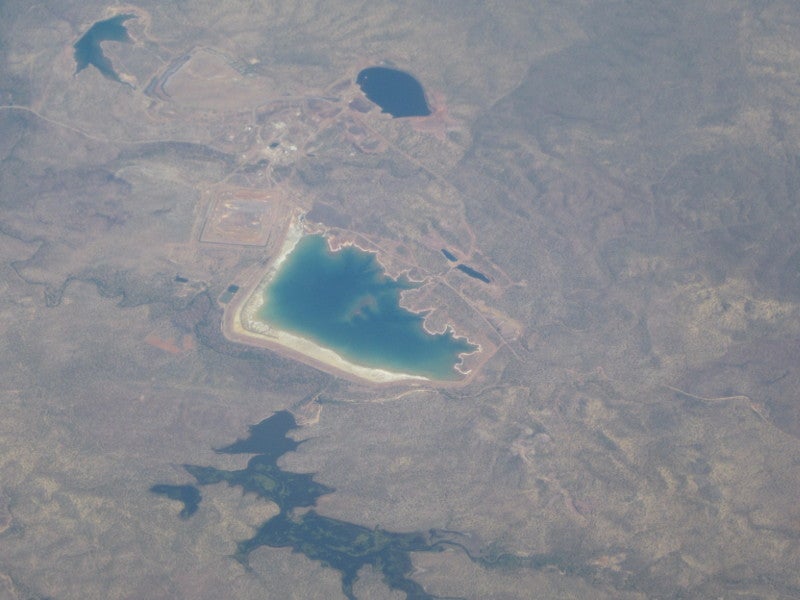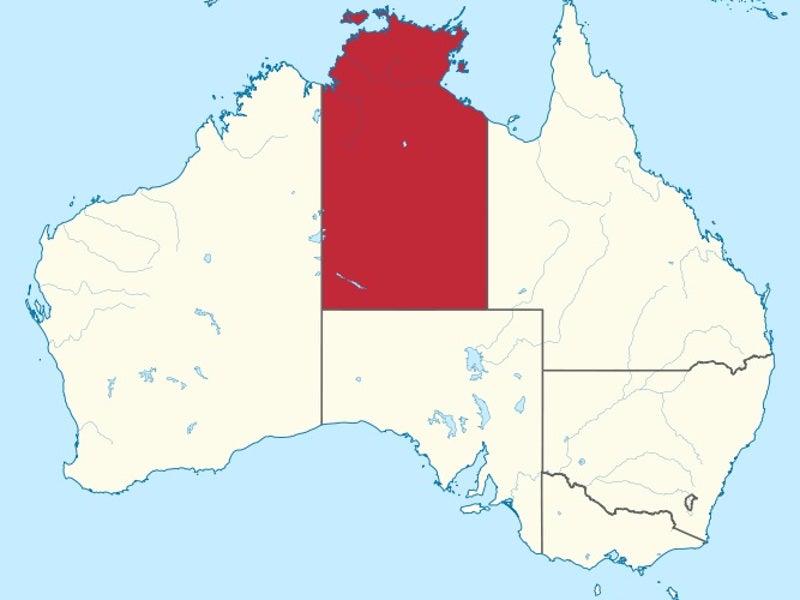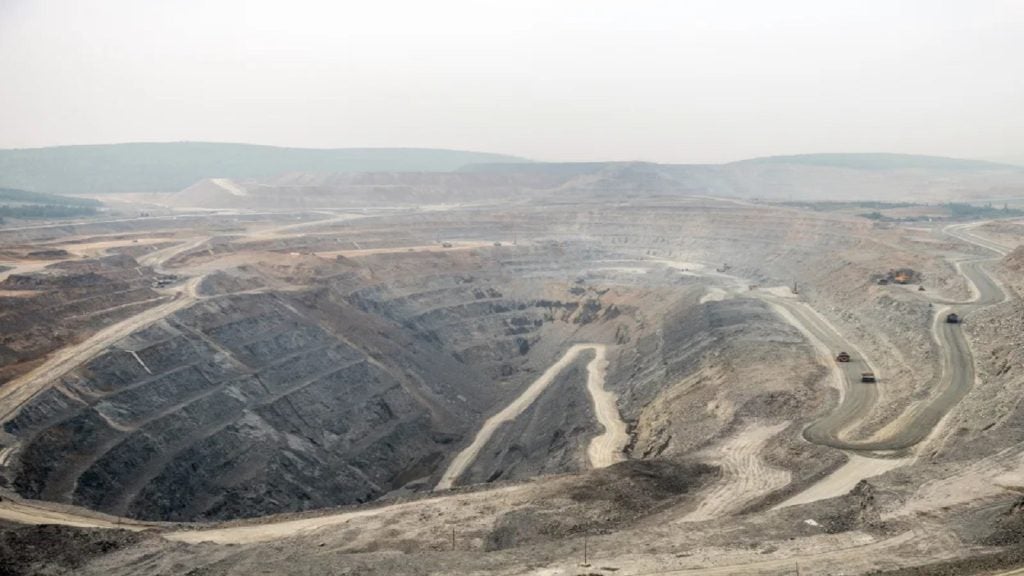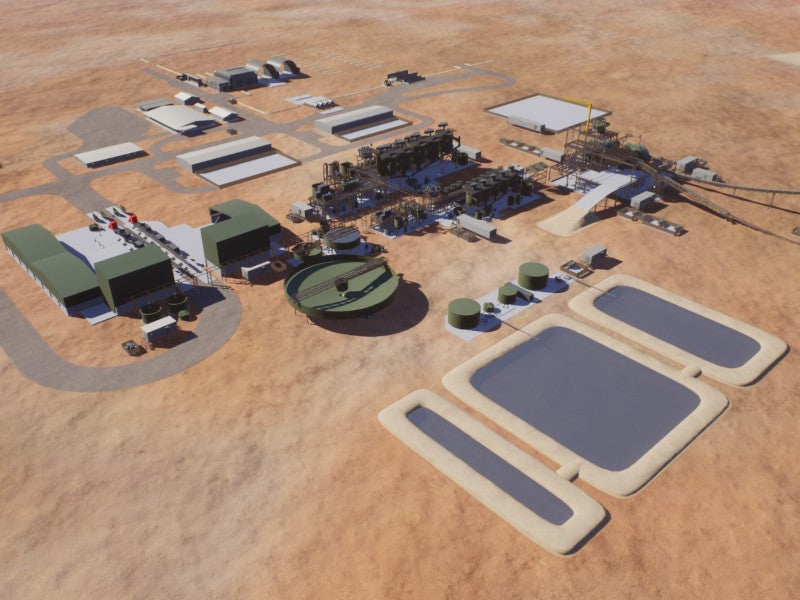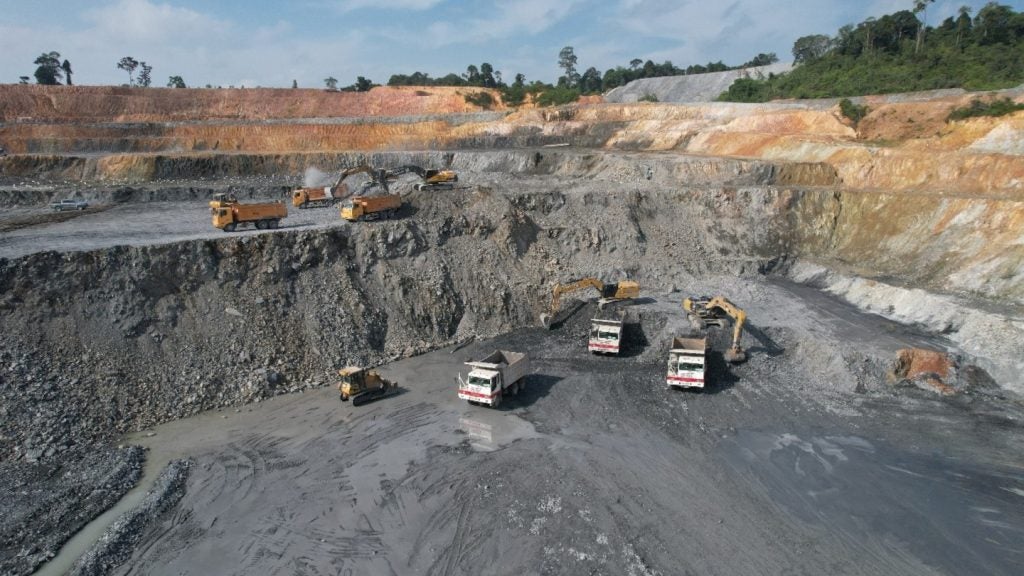The Mt Todd gold project is considered the biggest undeveloped gold resource in Australia.
Vista Gold Australia is developing the brownfield project, which was acquired in 2006 and is being developed in Australia’s Northern Territory. The project received Commonwealth environmental permit from the Australian Commonwealth Department of Environment and Energy in January 2018.
The preliminary feasibility study report (PFS) for the Australian brownfield gold project was also updated in January 2018. All the project approvals are anticipated to be achieved in 2019, with operations expected to commence by mid-2021.
With a throughput rate of 50,000 tonnes per day (tpd), the project is estimated to produce 4.96Moz of gold through its mine life of 13 years. It is expected to create approximately 450 jobs during a two-year construction phase, in addition to 350 operational jobs.
Mt Todd gold project geology and mineralisation
Located approximately 290km from Darwin, the project region is situated on the early Proterozoic Pine Creek Geosyncline (PCG). It hosts meta-sediments, granitoids, basic intrusives, acid and intermediate volcanic rocks.
The project hosts the Batman and Quigleys deposits, which are the biggest and best-known deposits. The deposits are believed to have formed through hydrothermal activity, concomitant with retrograde contact metamorphism and associated deformation.
Auriferous quartz-sulphide vein system is the most economically significant type of mineralisation identified at Mt Todd. The vein system is placed in a north-northeast trending corridor and comprises the Batman, Jones, Golf, Quigleys and Horseshoe prospects.
Polymetallic gold, tungsten, molybdenum, and copper mineralisation occur in quartz-greisen veins within the Yinberrie Leucogranite, a highly fractionated phase of the Cullen Batholith.
Mt Todd gold project reserves
The proven and probable reserves of the Mt Todd gold project are estimated to be 221Mt, containing 5.85Moz of gold grading 0.82g/t Au.
Mining and ore processing at Mt Todd
Conventional open-pit truck and shovel mining operation, including drilling and blasting followed by load and haul, is proposed for the Mt Todd gold mine. Major mining fleet will include 226t haul trucks, 31m³ hydraulic shovels, and 18m³ front-end loaders.
Ore from the mine will undergo three stages of crushing followed by two-stage ball milling. The crushed and milled ore will be forwarded to mill discharge hopper and pumped together with the mill discharge slurry to cyclones.
The cyclone underflow will gravitate to the ball mill feed, while the overflow will gravitate to a secondary grind feed sump before being forwarded to a pre-leach thickener. The product will pass through two leach conditioning stages before leaching, and will be treated with lime.
Carbon will be regularly pumped upstream from downstream carbon-in-pulp (CIP) tanks in a conventional counter-current configuration. Loaded carbon will be washed in an acid wash column to strip copper and gold in an elution column.
After elution, carbon will be stripped of its gold to approximately 10g/t Au. The eluate will be processed through the electro-winning circuit for deposition of gold onto cathodes.
Infrastructure facilities at Mt Todd gold mine
The Mt Todd gold project will make use of existing mining infrastructure, which includes a tailings storage facility, fresh water storage reservoir, a natural gas pipeline, and electrical connection to the Northern Territory electric grid.
The proposed infrastructure facilities include an ammonium nitrate and fuel oil (ANFO) facility, mine support facilities, warehouse, fuel farm, mining offices, core storage facility, and heap leach pad.
Raw water will be supplied via the raw water dam and service the process water, fire water, and gland seal water requirements.
Workers will be accommodated at a new camp, while permanent accommodation for the plant’s operating staff is planned to be arranged in the town of Katherine.
Contractors involved
Tetra Tech prepared the PFS of the Mt Todd gold project with support from Mine Development Associates, Resource Development, Tetra Tech Proteus, and POWER Engineers.
GHD prepared the environmental impact statement for the gold project.
The Department of Resources engaged Water Technology, a water and environment consultancy based in Australia, for developing a water balance model of the mine to assist with mine site planning.
Tierra Group conducted geotechnical investigations and slope stability analyses for the existing tailings storage facility (TSF). The company also conducted pre-feasibility expansion study of a new TSF with a capacity of 100Mt.
Ahrens was contracted to carry out the structural steel and building works for the project.

